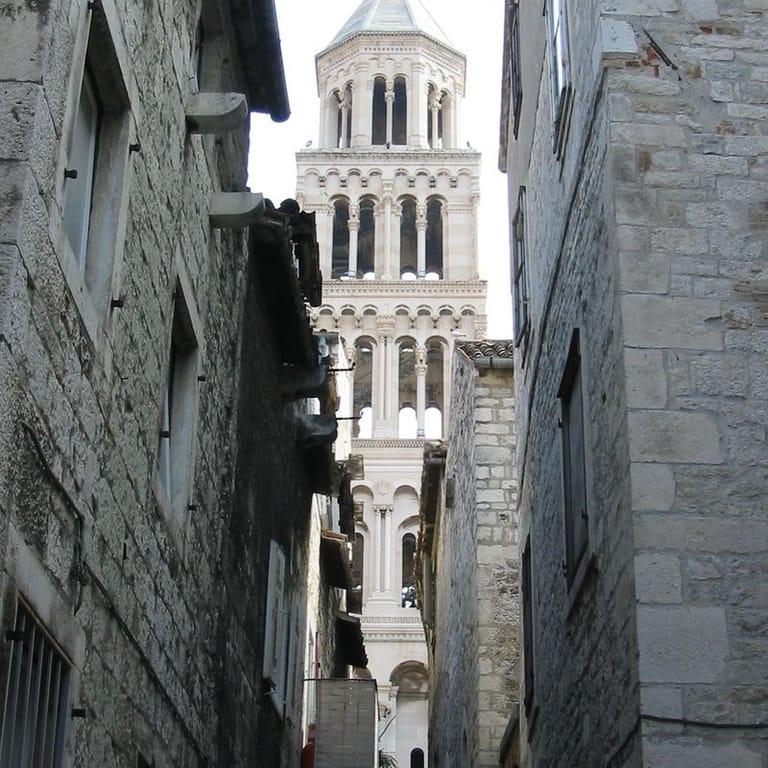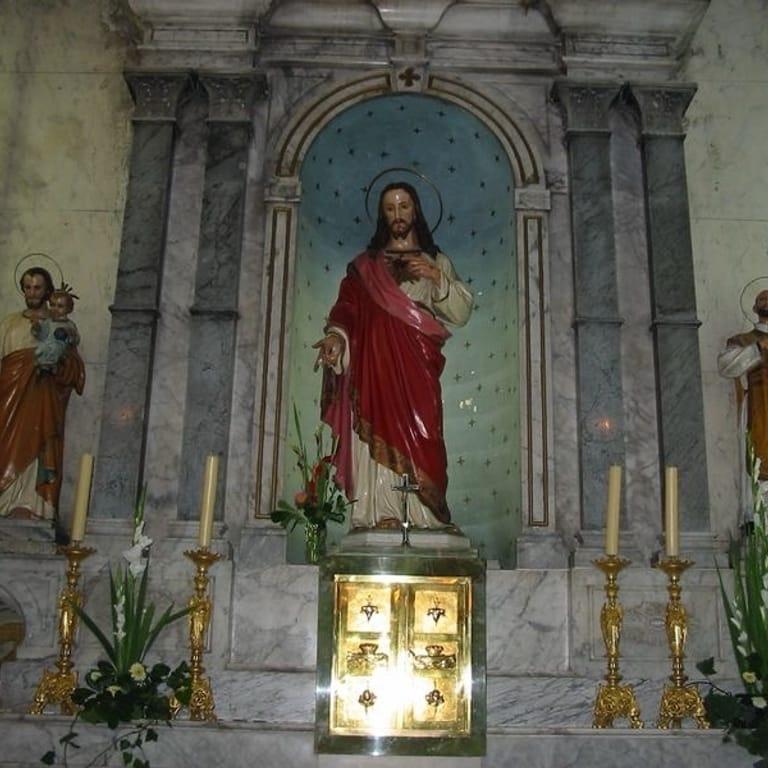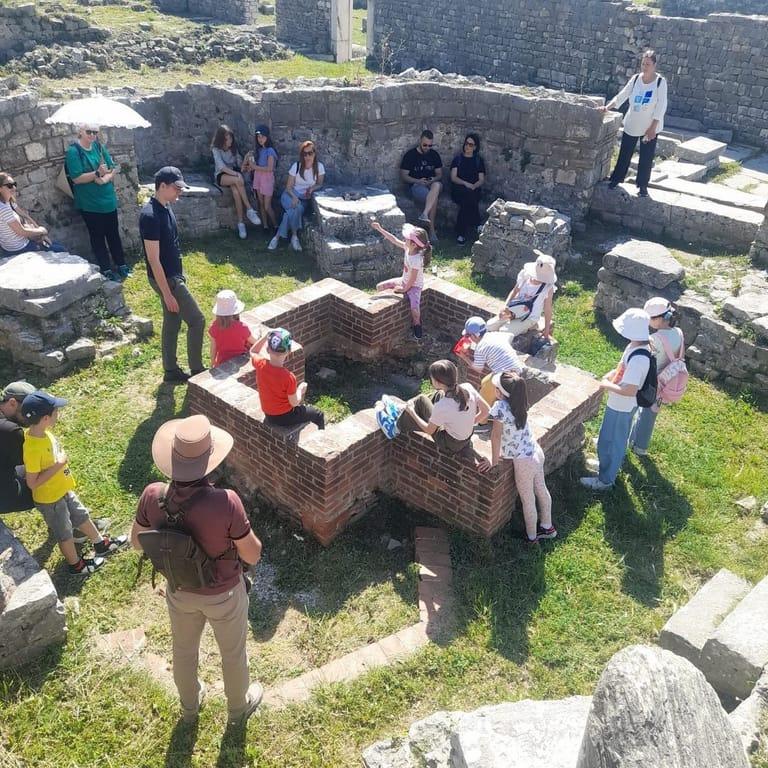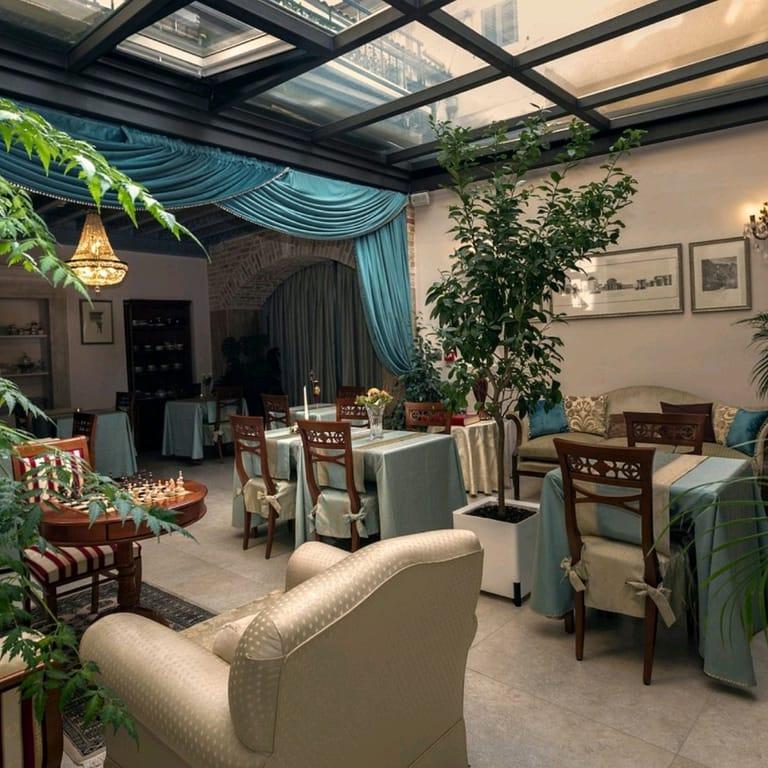Nestled within the vibrant heart of Split, Croatia, the Saint Domnius Cathedral stands as a breathtaking beacon of history, art, and architectural grandeur. Dating back to 305 CE, this cathedral is not only one of the oldest in the world still in use but also a remarkable symbol of Split’s Roman heritage. Its Romanesque bell tower majestically overlooks the city and Adriatic Sea, offering visitors stunning panoramic views that are worth every step of the climb. Whether you're a history buff, an architecture admirer, or a curious traveler, this cathedral promises an unforgettable experience.
Originally constructed as Emperor Diocletian’s mausoleum in the 4th century, the structure was transformed into a Christian cathedral in the 7th century. Its walls tell stories of the past, with ancient stone halls and intricate reliefs that showcase the artistic mastery of centuries ago. Visitors often marvel at the cathedral’s preservation and the ongoing restoration efforts that keep this monument vibrant and accessible.
One of the highlights of visiting Saint Domnius Cathedral is climbing the bell tower, built in the 13th century. Though the narrow, steep stairs may challenge some visitors, the spectacular views of Split’s terracotta rooftops and the shimmering Adriatic coastline make the effort truly worthwhile. Aside from the bell tower, explore captivating features such as the crypt, baptistery, and treasury, each holding unique artifacts and history.
- Unrivaled historical significance: Explore one of the oldest buildings still in religious use with rich Roman and medieval heritage.
- Stunning architecture: From Romanesque designs to exquisite reliefs, every corner tells a story.
- Panoramic views: The climb to the bell tower rewards you with breathtaking vistas of Split and the Adriatic Sea.
- Family-friendly attraction: Suitable for visitors of all ages with engaging history and impressive art.
- What are the opening hours of the Cathedral of Saint Domnius? The cathedral is open daily from 8:30 AM to 8:00 PM, except Sundays when it is closed.
- How much does it cost to visit the cathedral? Admission is 35 HRK, granting access to the cathedral, treasury, crypt, baptistery, and bell tower.
- Is there a dress code for visiting the cathedral? Visitors should dress modestly with shoulders covered; shawls are available if needed.
- Can I climb the bell tower? Yes, climbing the bell tower costs an additional 20 HRK and involves steep, narrow stairs.
- Is photography allowed inside the cathedral? Photography is permitted, but tripods and flash are prohibited to protect the artworks.
The Saint Domnius Cathedral enjoys overwhelmingly positive reviews, with visitors praising its remarkable preservation and the deep connection to Split’s ancient roots. Many highlight the rewarding climb up the bell tower as a highlight of their trip, offering sweeping views that capture the essence of the Dalmatian coast. The cathedral's serene atmosphere and rich artistry continue to inspire awe among tourists and locals alike, making it a must-visit landmark on any Croatian itinerary.
Nestled in the heart of the historic city of Split, Croatia, the Saint Domnius Cathedral stands as an extraordinary monument steeped in history and architectural grandeur. Originally built in 305 AD, this cathedral began its life not as a place of worship, but as the mausoleum of the Roman Emperor Diocletian. Its transformation into a cathedral in the 7th century marks it as one of the oldest Catholic cathedrals still in continuous use, retaining much of its original structure.
- 305 AD: Diocletian's mausoleum constructed, marking the beginning of this iconic structure's legacy.
- 7th century: Conversion into a cathedral, dedicated to Saint Domnius, the city's patron saint, establishing its religious significance.
- 13th century: The construction of the Romanesque bell tower began, adding to the cathedral's majestic silhouette.
- 16th century: Completion of the bell tower, which today offers visitors breathtaking views over Split and the Adriatic Sea.
The cathedral's rich history is palpable as you explore its ancient halls and stone displays from archaeological excavations. Visitors often highlight the beautifully preserved Romanesque bell tower, which rewards those who climb it with stunning panoramic views of the city and the Adriatic coastline. The site is not only a spiritual sanctuary but also a testament to Split's origins, offering a captivating journey through the city's evolution from a Roman palace complex to a vibrant modern city.
- Historical significance: Experience one of the oldest cathedrals that still functions in its original form, rich in Roman and early Christian history.
- Architectural marvel: Admire the seamless blend of Roman architecture with later medieval additions, especially the iconic bell tower.
- Panoramic views: Climb the bell tower to enjoy breathtaking vistas of Split’s old town and the sparkling Adriatic Sea beyond.
Whether you're a history enthusiast, architecture lover, or simply seeking an authentic cultural experience in Split, Saint Domnius Cathedral offers a unique window into the city's remarkable past and vibrant present.
Nestled within the historic walls of Diocletian's Palace, Saint Domnius Cathedral stands as a remarkable testament to Split's rich cultural and architectural heritage. Constructed in 305 CE, this cathedral is dedicated to the city's patron saint and is renowned for its well-preserved Romanesque bell tower and ancient structure.
Saint Domnius Cathedral is one of the oldest cathedrals still actively in use, originally built as Emperor Diocletian's mausoleum before its conversion in the 7th century. Visitors can admire intricate reliefs and stone designs that narrate centuries of history. The cathedral's architectural splendor is complemented by its impressive bell tower, which was added in the 13th century and offers breathtaking panoramic views over Split and the sparkling Adriatic Sea.
Located centrally within Split, the cathedral is easily accessible for travelers exploring the city's famed Diocletian's Palace. It's an ideal spot for history enthusiasts, architecture lovers, and families, as it is also suitable for children. Guided tours enhance the experience by providing rich context about Split's founding and the cathedral's evolving role through history.
- Rich historical significance – Experience the profound legacy of Split dating back to the 3rd and 4th centuries.
- Stunning architectural beauty – Marvel at the intricate details and ancient stonework preserved through centuries.
- Panoramic views from the bell tower – Climb the 13th-century bell tower for breathtaking vistas of the city and Adriatic coast.
- Well-preserved ancient structure – Witness one of the few surviving examples of Roman architecture still in daily use.
- Accessible location within Diocletian's Palace – Conveniently situated for tourists exploring the heart of Split’s ancient center.
- Steep and narrow stairs to the bell tower – Visitors should be prepared for a challenging climb that may not suit everyone.
- Limited opening hours on Sundays – Visitors planning a Sunday visit should check hours to avoid disappointment.
- Potentially crowded during peak tourist season – Popularity means visitors may encounter crowds, especially in summer months.
- Admission fees for various sections – Entry costs apply for certain areas within the cathedral which visitors should consider.






